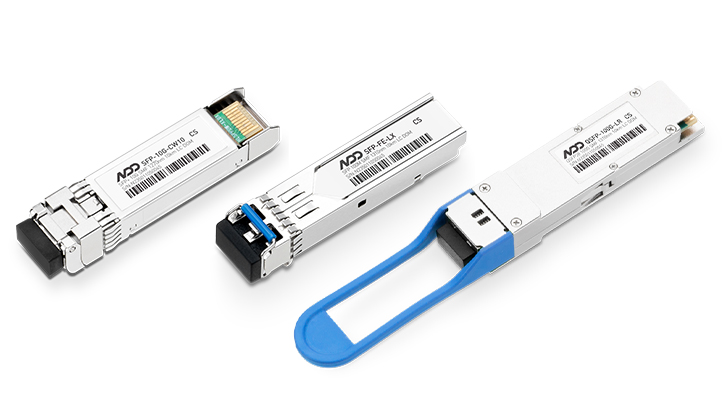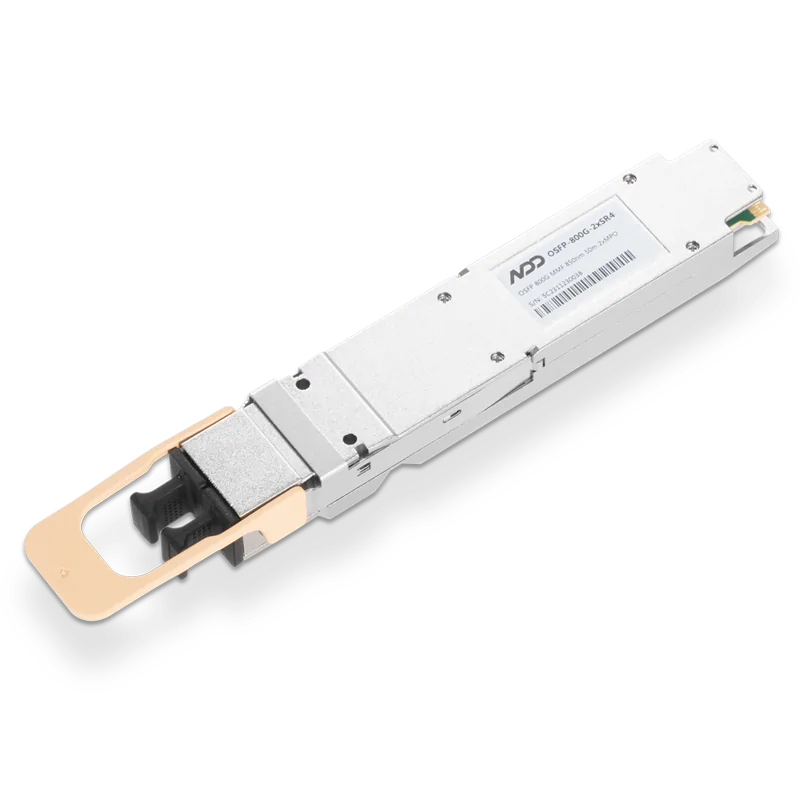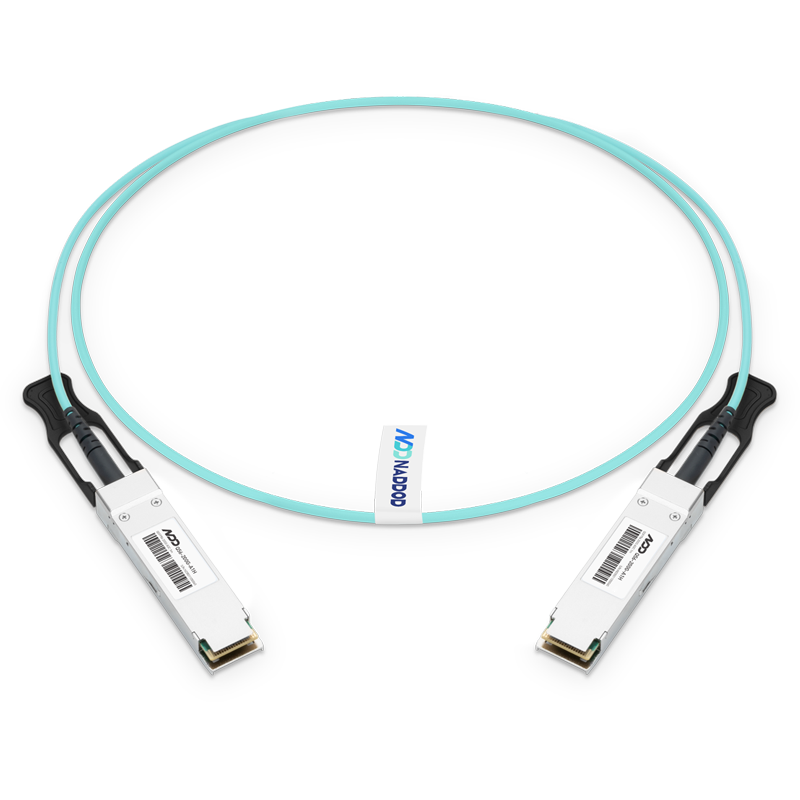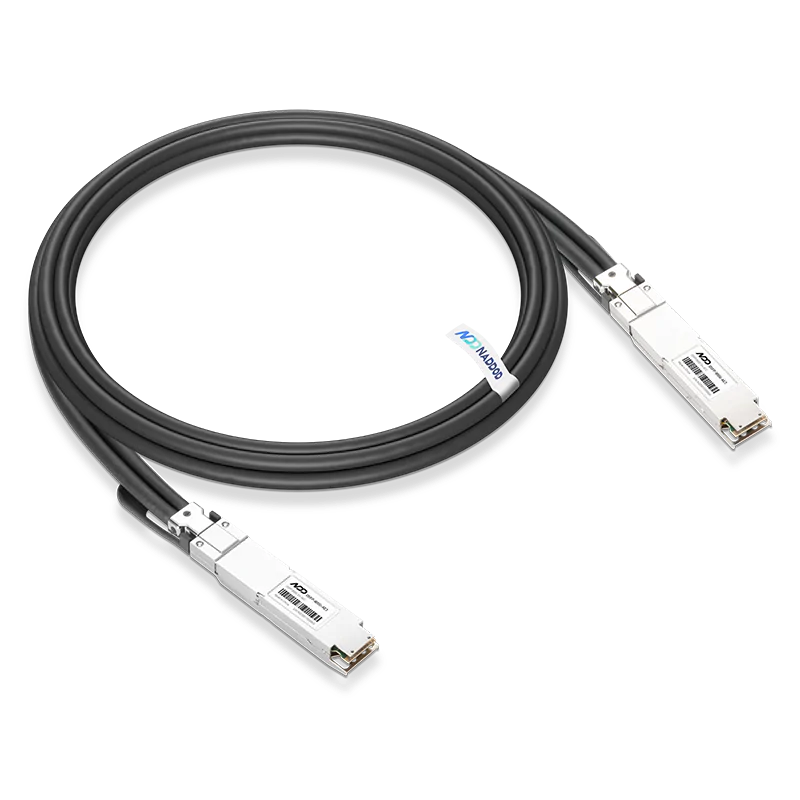1.Definition
Optical transceiver: also known as optical integrated transceiver.

2.Structure
Optical transceiver consists of optoelectronic devices, functional circuits and optical interfaces, etc. The optoelectronic devices include two parts: transmitting and receiving.
The transmitting part is: input a certain code rate of electrical signals through the internal driver chip processing to drive the semiconductor laser (LD) or light-emitting diode (LED) to emit the corresponding rate of modulated light signal, its internal with optical power automatic control circuit, so that the output optical signal power to maintain stability.
The receiving part is: the optical signal of a certain code rate is input to the transceiver and converted into an electrical signal by a light detecting diode. After the preamplifier output the corresponding code rate of the electrical signal, the output signal is generally PECL level. At the same time, an alarm signal is output when the input optical power is below a certain value.
3.Optical Transceiver Parameters and Significance
Optical transceivers have many important photoelectric technical parameters, but for GBIC and SFP, the two hot-swappable optical transceivers, the following three parameters are the most important when choosing.
1) Central Wavelength
The unit nanometre (nm), there are currently three main types.
850nm (MM, multi-mode, low cost but short transmission distance, generally only 500M).
1310nm (SM, single mode, high loss during transmission but low dispersion, generally used for transmission within 40KM).
1550nm (SM, single mode, low loss but high dispersion during transmission, generally used for long distance transmission over 40KM, up to 120KM without relay).
2) Transmission Rate
The number of bits of data transmitted per second (bit), in bps.
There are currently four commonly used rates: 155Mbps, 1.25Gbps, 2.5Gbps, 10Gbps, etc. The transmission rates are generally backward compatible, so 155M optical transceivers are also known as FE (100 Gigabit) optical transceivers and 1.25G optical transceivers are also known as GE (Gigabit) optical transceivers, which are currently the most used transceivers in optical transmission equipment. In addition, in the optical fiber storage system (SAN) it has 2Gbps, 4Gbps and 8Gbps transmission rate.
3) Transmission Distance
The distance that an optical signal can be transmitted directly without relay amplification, in kilometres (also known as kilometres, km).
Optical transceivers are generally available in the following specifications: multimode 550m, single-mode 15km, 40km, 80km and 120km, etc.
In addition to the above 3 main technical parameters (wavelength, rate, distance), optical transceivers have the following basic concepts, which only need to be understood briefly.
a. Laser Category
The laser is the most central device in the optical transceiver, injecting current into the semiconductor material and emitting laser light through the photon oscillation and gain of the resonant cavity. Currently the most commonly used lasers are FP and DFB lasers, the difference between them is that the semiconductor material and resonant cavity structure is different, the price of DFB lasers is much more expensive than FP lasers. The price of DFB lasers is much more expensive than that of FP lasers. FP lasers are generally used for optical transceivers with transmission distance within 40KM; DFB lasers are generally used for optical transceivers with transmission distance ≥ 40KM.
b.Loss and Dispersion
Loss is the loss of light energy due to absorption, scattering and leakage of light in the optical fiber. Dispersion is caused by the fact that different wavelengths of electromagnetic waves propagate at different speeds in the same medium, resulting in different wavelength components of the optical signal reaching the receiving end at different times due to the accumulation of transmission distances, resulting in pulse spreading and the inability to distinguish signal values. These two parameters mainly affect the transmission distance of the optical transceiver, in the actual application process, 1310nm optical transceiver is generally calculated by 0.35dBm/km link loss, 1550nm optical transceiver is generally calculated by .20dBm/km link loss, dispersion value calculation is very complex, generally only for reference.
c.Transmit Optical Power and Receive Sensitivity
Transmit optical power refers to the optical transceiver transmitter light source output optical power, receive sensitivity refers to the minimum received optical power of the optical transceiver at a certain rate, BER case. The unit of these two parameters are dBm (meaning decibel milliwatt, the logarithmic form of the power unit mw, the calculation formula for 10lg, 1mw converted to 0dBm), mainly used to define the transmission distance of the product, different wavelengths, transmission rates and transmission distance of the optical transceiver optical transmit power and receive sensitivity will be different, as long as the transmission distance can be ensure.
d. The Service Life of The Optical Transceiver
International unified standard, 7Х24 hours of uninterrupted work 50,000 hours (equivalent to 5 years).
e.Fibre Optic Interface
SFP optical transceivers are LC interface, GBIC optical transceivers are SC interface, other interfaces and FC and ST, etc.
Optical Transceiver Classification
1.Classification by Application
Ethernet application rate: 100Base (100 megabit), 1000Base (gigabit), 10GE.
SDH application rate: 155M, 622M, 2.5G, 10G.
2.Classification by Package
According to package classification: 1×9, SFF, SFP, GBIC, XENPAK, XFP.
1×9 package - solder type optical transceiver, general speed is not higher than gigabit, more SC interface.
SFF package - soldered small package optical transceiver, generally no higher than gigabit speed, mostly using LC interface.
GBIC package - hot-swappable gigabit interface optical transceiver, using SC interface.
SFP package - hot-swappable small package transceiver, currently up to 4G, mostly using LC interface.
XENPAK package - for 10 Gigabit Ethernet applications, using SC interface.
XFP package - 10G optical transceiver, available in 10 Gigabit Ethernet, SONET and other systems, mostly using LC interface.
3.Classification by Laser
LED, VCSEL, FPLD, DFB L.
4.Classification by Wavelength
850nm, 1310nm, 1550nm, etc.
5.Classified by Usage
Non-hot-swappable (1×9, SFF), hot-swappable (GBIC, SFP, XENPAK, XFP).
The Choice of Optical Transceivers
1.The Classification of Fiber Optic Connectors and The Main Specification Parameters
Fiber optic connectors are installed on both ends of an optical fiber connector, mainly for optical wiring use.
According to the type of fiber: single-mode fiber optic connectors (generally G.652 fiber: fiber inner diameter 9um, outer diameter 125um), multimode fiber optic connectors.
According to the fiber optic connector connector form: FC, SC, ST, LC, MU, MTRJ, etc., currently commonly used FC, SC, ST, LC.
According to the fiber optic connector connector end face: PC, SPC, UPC, APC According to the fiber optic connector diameter: Φ3, Φ2, Φ0.9.
The performance of the optical fibre connector is mainly optical performance, interchangeability, mechanical performance, environmental performance and life. One of the most important is the insertion loss and return loss of these two indicators.
2.Optical Transceiver Transmitting Optical Power and Receiving Sensitivity
Transmitting optical power refers to the light intensity at the transmitting end, and receiving sensitivity refers to the light intensity that can be detected. Both are measured in dBm, which is an important parameter affecting the transmission distance. The distance that can be transmitted by an optical transceiver is mainly limited by both loss and dispersion. The loss limit can be estimated from the formula: Loss-limited distance = (transmitted optical power - received sensitivity) / fibre attenuation. The amount of fibre attenuation is related to the actual fibre chosen. The current G.652 fibres can achieve 0.5dB/km in the 1310nm band and 0.3dB/km or better in the 1550nm band. 50um multimode fibres are 4dB/km in the 850nm band and 2dB/km in the 1310nm band. For 100GbE and Gigabit optical transceivers the dispersion limit is much greater than the loss limit and can be ignored. 10GE optical transceivers follow the 802.3ae standard, the transmission distance and the choice of fiber type, optical transceiver optical performance related.

 800GBASE-2xSR4 OSFP PAM4 850nm 50m MMF Module
800GBASE-2xSR4 OSFP PAM4 850nm 50m MMF Module- 1DSL vs Network Cable vs Fiber Optic: Which is Better for Network Connectivity?
- 2100G QSFP28 PSM4 for Industrial Applications
- 3Compare with PoE Switches, PoE+ Switches, and PoE++ Switches
- 4Vera Rubin Superchip - Transformative Force in Accelerated AI Compute
- 5NVIDIA GB300 Deep Dive: Performance Breakthroughs vs GB200, Liquid Cooling Innovations, and Copper Interconnect Advancements.































